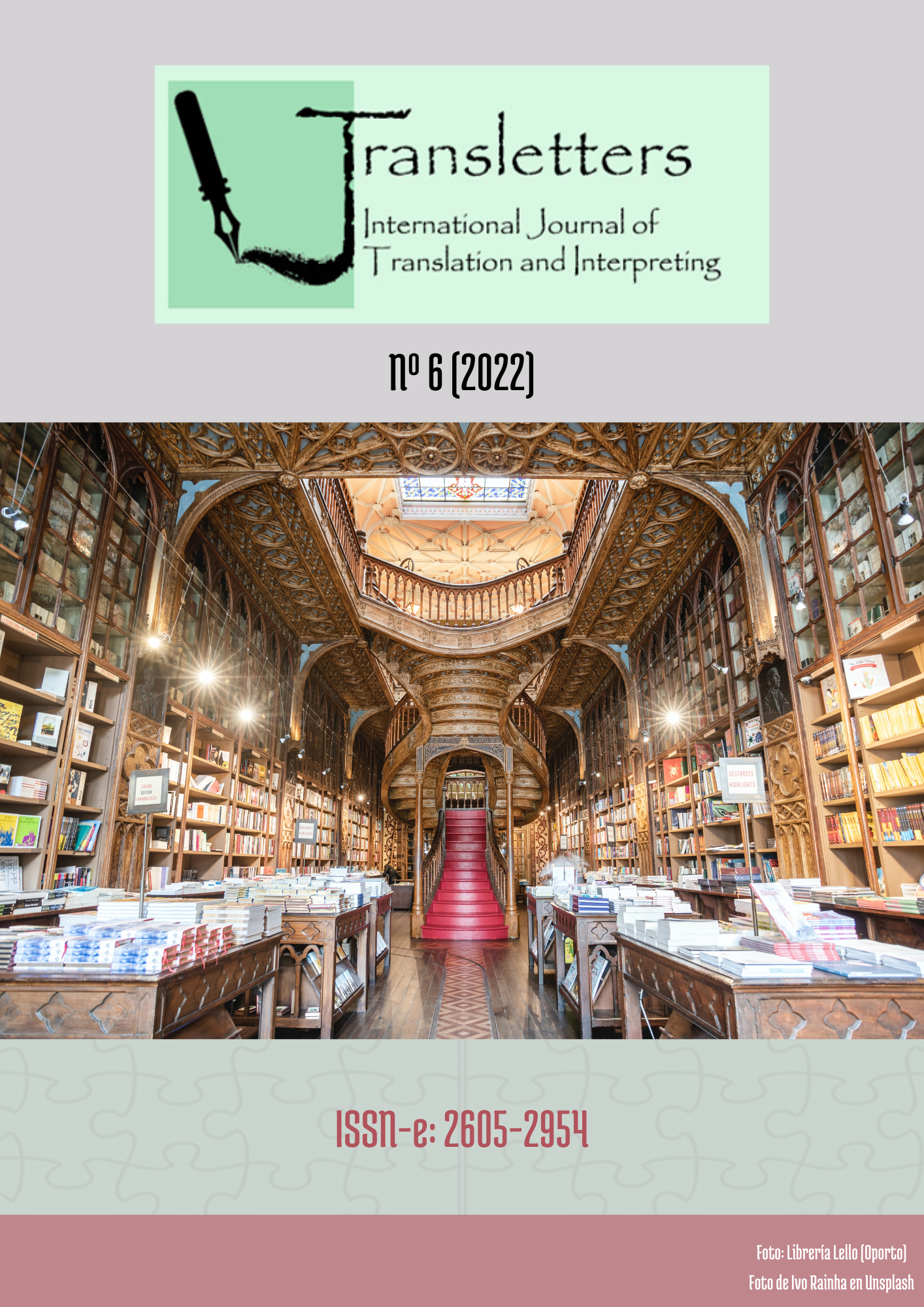Directionality in translator training Contrastive evaluation of L1 and L2 translations using the PIE method (Preselected Items Evaluation) and the ATA Framework for Standardized Error Marking
Contenido principal del artículo
Resumen
This paper illustrates the results of an experiment conducted in translator training in
which thirty students translated a text from their L1 (Dutch) into their L2 (English).
The students completed a questionnaire on their acquisition of the L1, the perceived difficulty of each translation direction and the main difficulties encountered. The translations were analysed and scored by means of PIE (Preselected Items Evaluation), and the errors identified were categorised using the error categories of the ATA Framework for Standardized Error Marking. While the students scored slightly higher into their L2, the scores and main error categories were similar in the two translation directions. The students whose L1 is not Dutch obtained similar scores to those whose L1 is Dutch. The students’ perceived main difficulties were confirmed in the error categorisation. Finally, the perceived overall difficulty was higher than the item difficulty measured by means of PIE.
Descargas
Detalles del artículo
Política propuesta para las revistas que ofrecen acceso abierto
Los/as autores/as que publican en esta revista aceptan las siguientes condiciones:
1. Los/as autores/as conservan los derechos de autor y conceden a la revista el derecho de primera publicación con el trabajo licenciado simultáneamente bajo una Licencia de Atribución de Creative Commons, la cual permite a otras personas compartir el trabajo con un reconocimiento de la autoría del trabajo y la publicación inicial en esta revista.
2. Los/as autores/as pueden establecer acuerdos contractuales adicionales para la distribución no exclusiva de la versión publicada del trabajo en la revista (por ejemplo, enviarlo a un repositorio institucional), con un reconocimiento de su publicación inicial en esta revista.
3. Se permite y anima a los/as autores/as a publicar su trabajo previo a la versión final publicada en esta revista una vez aceptado (por ejemplo, en repositorios institucionales o en su sitio web), ya que puede dar lugar a intercambios productivos, así como a una citación más temprana y mayor del trabajo publicado (Véase El efecto del acceso abierto).

